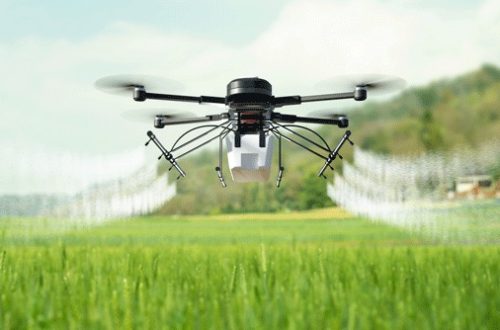In recent years, Direct-to-Film (DTF) printing has gained significant popularity in the world of custom apparel, especially for those looking for a high-quality, versatile, and cost-effective printing method. DTF printers have emerged as a game-changer for those in the garment printing industry, providing an innovative way to create vibrant, durable designs. This article will explore what dtf printing is, how it works, its benefits, and how it compares to other printing techniques like DTG and screen printing.
What is DTF Printing?
DTF stands for Direct-to-Film printing, a relatively new printing technology that allows for the creation of custom designs on garments and other products. This method involves printing an image onto a special film, applying a layer of adhesive powder, and then transferring the design onto the fabric using heat.
Unlike Direct-to-Garment (DTG) printing, which prints directly onto fabric, DTF printing involves an additional transfer step using the printed film. The result is a high-quality, long-lasting print that adheres to a variety of fabric types, including cotton, polyester, and blends. It can be used for apparel such as t-shirts, hoodies, bags, and even hard surfaces like mugs and phone cases.
How Does DTF Printing Work?
-
Design Creation: The first step involves creating a design on a computer, typically using software like Adobe Illustrator or Photoshop. The design is then transferred to a film, similar to the process used in other transfer printing methods.
-
Printing the Image: The DTF printer prints the design onto a special film using a modified inkjet printer. The printer uses CMYK (cyan, magenta, yellow, and key/black) ink to create the colors in the design.
-
Applying the Adhesive Powder: After the image is printed onto the film, a layer of hot-melt adhesive powder is applied. This powder is then cured with heat to bond it to the printed image. This process ensures that the ink adheres firmly to the fabric during the transfer process.
-
Transferring the Design: Finally, the printed and powder-coated film is placed on the fabric, and heat and pressure are applied using a heat press. The heat causes the adhesive to melt, allowing the design to transfer from the film to the fabric.
-
Peeling the Film: Once the transfer is complete, the film is carefully peeled off, leaving the design on the fabric.
Key Benefits of DTF Printing
-
Wide Range of Materials: One of the major advantages of DTF printing is that it can be used on a variety of materials, including cotton, polyester, nylon, leather, and even hard surfaces. This makes it highly versatile and ideal for a wide range of products.
-
Vibrant and Durable Prints: DTF prints are known for their rich, vibrant colors that pop on both light and dark fabrics. The prints are also highly durable, with excellent washability. They are resistant to cracking, peeling, and fading, ensuring that the designs stay intact for a long time.
-
Cost-Effective: DTF printing is relatively cost-effective compared to other printing methods like DTG or screen printing. The initial investment for a DTF printer is lower than that of a high-end DTG printer, and there is less need for setup or screen preparation.
-
No Need for Pre-Treatment: Unlike DTG printing, which often requires pre-treatment of fabrics, DTF printing eliminates this step. This makes it faster and more efficient, especially for short-run orders or custom designs.
-
High Print Resolution: DTF printers offer high print resolution, ensuring that even fine details and intricate designs are captured accurately. This makes DTF ideal for printing complex graphics, logos, and photographic images.
-
Scalability: Whether you’re printing a single custom item or running a bulk order, DTF printing can be scaled to meet different production needs. It works well for both small businesses and larger production environments.
DTF vs. Other Printing Methods
-
DTG (Direct-to-Garment): DTG printing prints designs directly onto fabric, and while it produces excellent results for high-resolution designs, it requires pretreating the fabric and may be less effective on dark-colored fabrics. DTF printing, on the other hand, works on a broader range of fabric types and eliminates the need for pre-treatment. DTF can also handle dark fabrics better, offering better opacity on black or dark materials.
-
Screen Printing: Screen printing is an older method that involves creating a stencil (or screen) and using it to apply ink onto fabric. While screen printing is cost-effective for large orders with simple designs, it lacks the detail and color range that DTF printing can achieve. Additionally, screen printing requires more setup time and is not as versatile in terms of the types of products it can be applied to.
-
Sublimation: Sublimation is best suited for synthetic fabrics like polyester and works by turning solid dye into gas, which then penetrates the fibers. While it produces vibrant, long-lasting prints, it is limited to white or light-colored fabrics. DTF printing, on the other hand, can print on a wider range of fabric colors, including dark fabrics, making it more versatile.
Is DTF Printing Right for Your Business?
DTF printing is ideal for businesses that want to offer custom apparel and products with high-quality prints. It is perfect for small-to-medium-sized businesses due to its cost-effectiveness, versatility, and ease of use. If you’re looking for a way to produce vibrant, durable designs with minimal setup time and without the need for pretreatment, DTF could be a great option.



